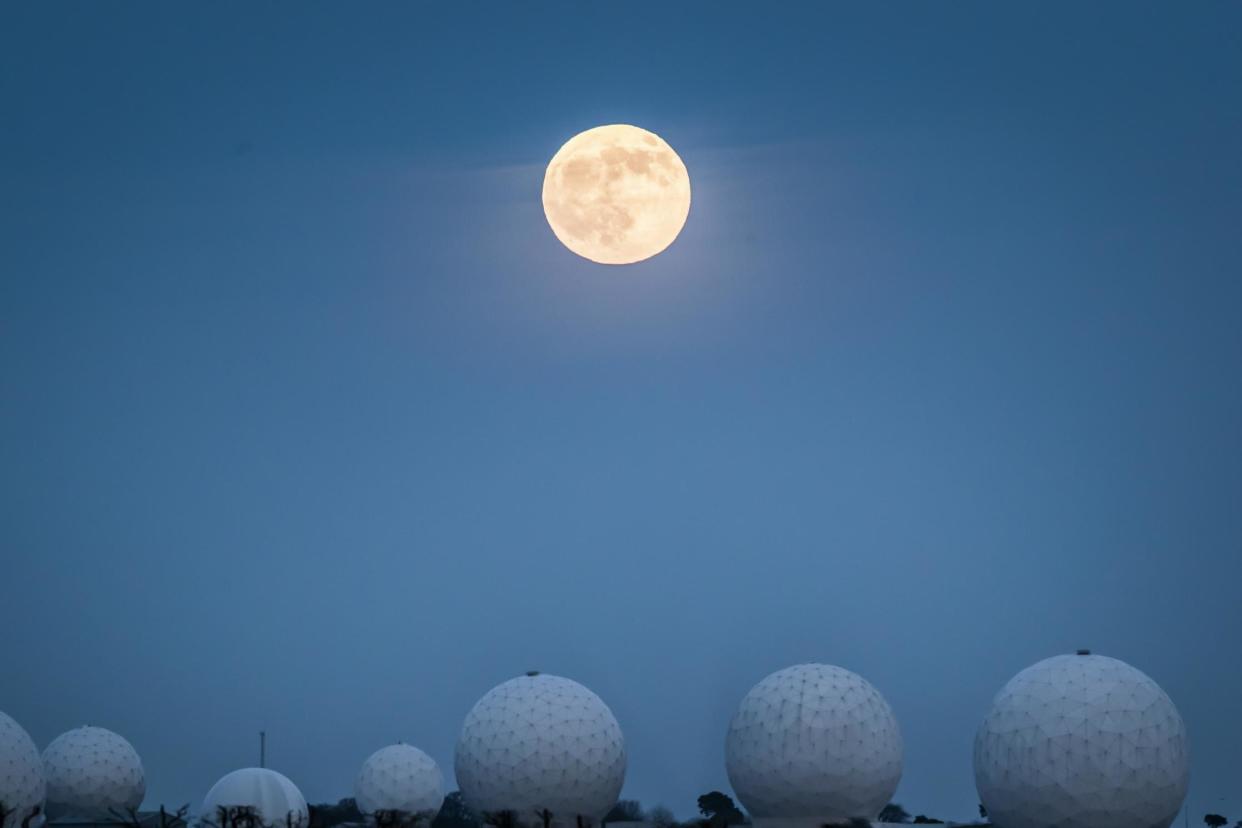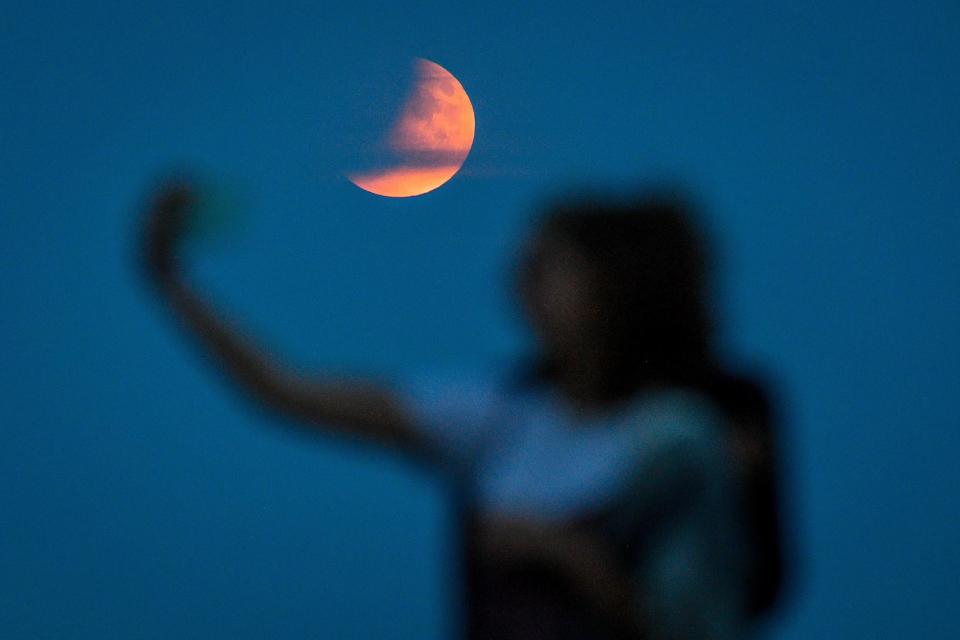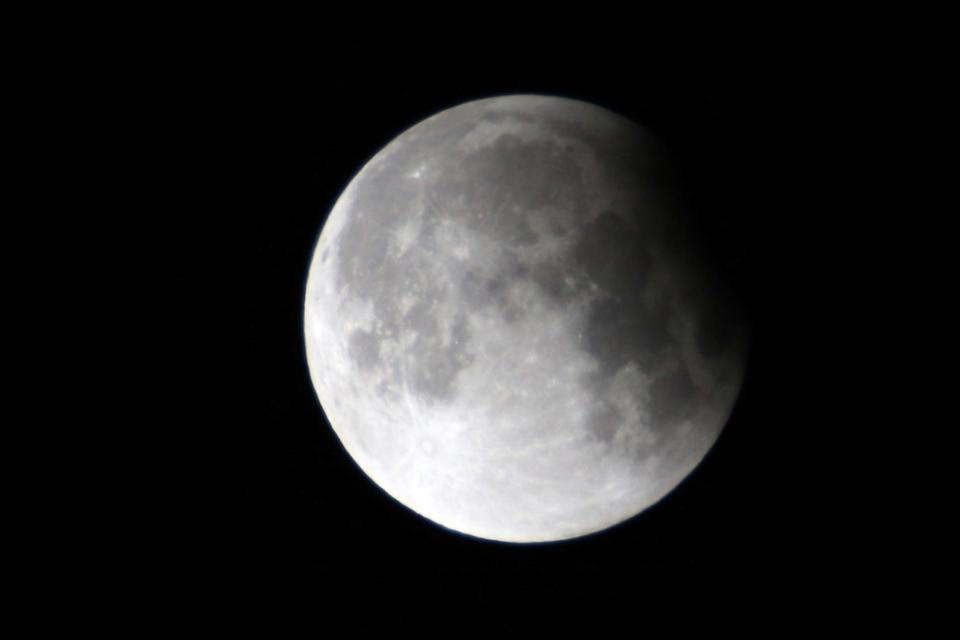Lunar eclipse 2020: When is it, how often do they occur and will it be visible in the UK?

Heads will turn skyward tonight as a penumbral lunar eclipse begins to play out - at the same time as the full "strawberry moon".
The "strawberry moon", so-called because of its reddish colour and larger stature at this time of year, will be slightly obscured by the Earth's shadow.
The astronomical event will be visible across Europe, Africa, Asia and Australia and is the first major draw of the 2020 space calendar.
But what exactly is a penumbral lunar eclipse? Here are are the answers.
What is a lunar eclipse?
The moon orbits - or revolves around - Earth, while Earth orbits the sun.

This means that the moon only gets its glow from sunlight.
Every now and then, Earth aligns directly with the sun and the moon, meaning Earth's shadow blocks sunlight hitting the moon - this is called a lunar eclipse.
It occurs because the moon's orbit is tilted in relation to the earth's path around the sun. They happen about twice a year.
What are the three different types of lunar eclipse?
There are three different types of eclipses: total, partial and penumbral
A total lunar eclipse is the most exciting and happens when the Earth’s shadow obscures all of the moon’s surface.
During a partial eclipse, only a section of the moon's face can be seen.
A penumbral is the least dramatic and the moon passes through the earth's weakest shadow - but it still turns the moon slightly darker.
Will the UK see the eclipse this week?
A penumbral eclipse will occur on Friday, June 5 at 8.12 pm.

The event will last for around three hours from start to finish.
It will begin around 6.45pm, but as it takes place below the horizon the UK will only catch the tail end of it after 9pm.
People in Asia, Australia and Africa will have a better view of the whole event.

 Yahoo News
Yahoo News 
